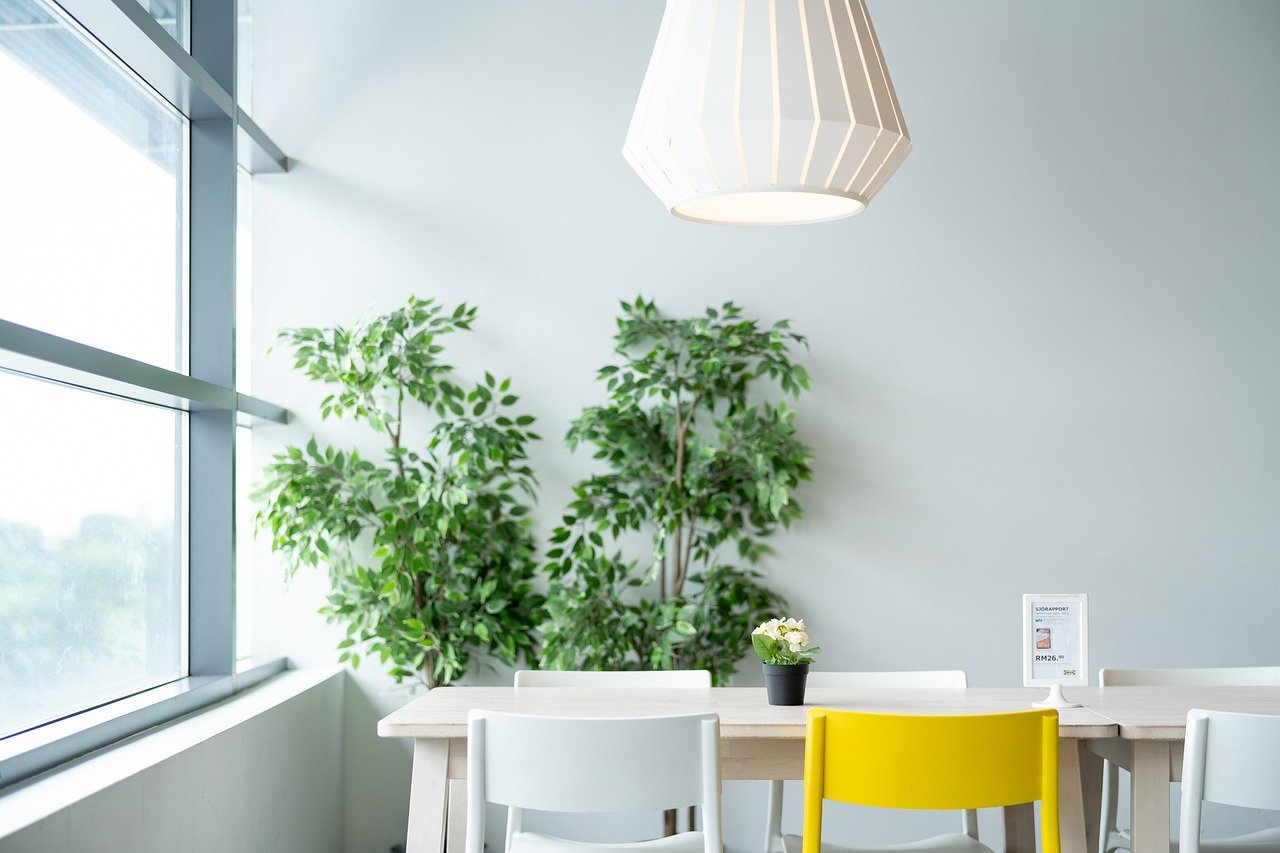In today’s technology-driven world, electronic devices have become indispensable. From smartphones and laptops to wearables and household gadgets, these devices play a crucial role in daily life. However, their vulnerability to water and moisture is a significant concern. Proper protection against these elements is essential to ensure functionality, longevity, and safety. This comprehensive guide explores methods to protect electronic devices from water and moisture, highlighting preventive measures, protective technologies, and future advancements.
Why Protect Electronic Devices from Water and Moisture?
Water and moisture can cause severe damage to electronic devices. The main risks include:
- Short Circuits:
- Water conducts electricity, creating pathways that can lead to short circuits and permanent damage.
- Corrosion:
- Moisture exposure can corrode metal components, degrading performance over time.
- Malfunction:
- Even minor exposure to water can disrupt sensitive electronic components, leading to operational issues.
- Health Hazards:
- Water-damaged devices can pose risks such as electric shocks or battery leaks.
Common Scenarios of Water Exposure
Understanding how water and moisture exposure occurs can help in prevention:
- Accidental Spills:
- Beverages or liquids spilled onto devices.
- Environmental Moisture:
- Humid conditions, rain, or condensation can infiltrate devices.
- Submersion:
- Dropping devices in pools, toilets, or sinks.
- Improper Storage:
- Leaving devices in damp areas like bathrooms or basements.
Preventive Measures to Protect Devices
Simple precautions can significantly reduce the risk of water damage:
- Use Waterproof Cases:
- Invest in high-quality cases designed to protect against water ingress.
- Apply Screen Protectors:
- Hydrophobic screen protectors can repel water and prevent moisture buildup.
- Store Devices Properly:
- Keep electronics in dry, well-ventilated areas when not in use.
- Avoid Using Devices Near Water:
- Minimize exposure by keeping devices away from pools, sinks, or rain.
- Regular Maintenance:
- Inspect devices periodically for signs of wear or compromised seals.
Advanced Protective Technologies
Modern technology offers several innovations to safeguard devices:
- Water-Resistant Coatings:
- Nanocoatings and Parylene provide an invisible barrier against moisture.
- IP Ratings:
- Devices with high IP (Ingress Protection) ratings are designed to withstand water and dust exposure.
- Sealed Components:
- Manufacturers use seals and gaskets to protect internal parts.
- Moisture Sensors:
- Sensors within devices can detect water exposure and alert users.
- Submersible Designs:
- Certain devices are engineered to remain functional even when submerged.
What to Do If a Device Gets Wet
Immediate action can minimize damage if a device is exposed to water:
- Power Off the Device:
- Turn off the device immediately to prevent electrical damage.
- Remove External Components:
- Detach accessories, SIM cards, and batteries if possible.
- Dry the Device:
- Use a soft cloth to remove surface water and place the device in a moisture-absorbing material like silica gel or uncooked rice.
- Avoid Heat Sources:
- Do not use hair dryers or ovens, as excessive heat can damage components.
- Consult Professionals:
- If the device does not function after drying, seek professional repair services.
Waterproofing Specific Devices
- Smartphones:
- Opt for devices with IP67 or IP68 ratings.
- Use waterproof pouches for extra protection.
- Laptops and Tablets:
- Use keyboard covers and protective sleeves.
- Avoid placing drinks near these devices.
- Wearables:
- Many fitness trackers and smartwatches are water-resistant, but check manufacturer guidelines for limits.
- Home Electronics:
- Protect appliances by keeping them away from high-humidity areas.
- Install dehumidifiers in areas prone to dampness.
Environmental Control Measures
Creating a safe environment for electronics reduces exposure to moisture:
- Use Dehumidifiers:
- Reduce humidity levels in rooms where electronics are stored.
- Install Vapor Barriers:
- Prevent moisture ingress in walls and floors of homes.
- Control Temperature:
- Avoid sudden temperature changes that can cause condensation.
- Proper Ventilation:
- Ensure adequate airflow around devices to prevent moisture buildup.
Innovations in Moisture Protection
- Hydrophobic Materials:
- Advanced coatings repel water more effectively than traditional solutions.
- Self-Healing Barriers:
- New materials can repair minor damages to protective coatings automatically.
- Smart Alert Systems:
- Devices equipped with moisture detection can send alerts to users before damage occurs.
- Wireless Charging with Sealed Ports:
- Eliminates open ports that are vulnerable to water entry.
Sustainable Solutions
Eco-friendly practices for moisture protection are gaining traction:
- Biodegradable Coatings:
- Materials that decompose naturally without harming the environment.
- Energy-Efficient Devices:
- Designs that reduce power consumption and heat generation, minimizing moisture risks.
- Recyclable Components:
- Using recyclable materials for protective cases and accessories.
Common Mistakes to Avoid
- Overconfidence in Water Resistance:
- Even water-resistant devices have limits; avoid prolonged exposure.
- Delaying Action After Exposure:
- Immediate steps are crucial to prevent irreversible damage.
- Using Non-Compatible Accessories:
- Cheap or incompatible cases and covers may not provide adequate protection.
Future Trends in Protecting Devices
The future of water and moisture protection is focused on smarter, more efficient technologies:
- AI-Powered Protection:
- Predictive models to identify potential risks and alert users.
- Integrated Moisture Control:
- Devices with built-in dehumidifying systems.
- Transparent Protective Layers:
- Invisible barriers that do not affect device aesthetics.
- Sustainable Manufacturing:
- Focus on reducing waste and creating long-lasting protective solutions.
Conclusion
Protecting electronic devices from water and moisture is a vital aspect of ensuring their functionality, safety, and longevity. By adopting preventive measures, leveraging advanced technologies, and staying informed about future trends, users can safeguard their investments effectively. With the rapid pace of innovation, the tools and techniques available for moisture protection will continue to evolve, offering greater reliability and peace of mind.










